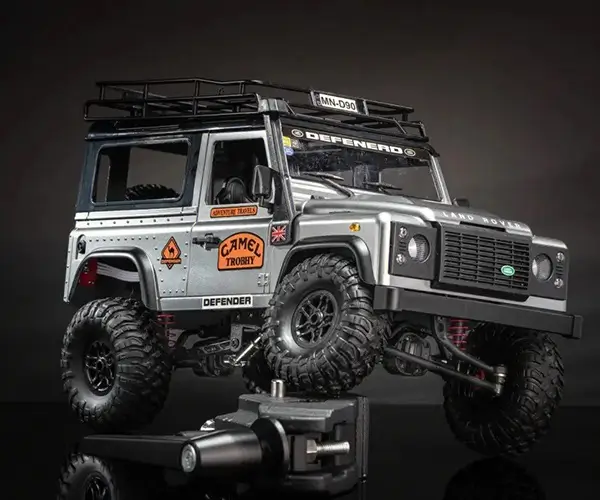When you think about robots, you probably picture those futuristic machines seamlessly bending, grabbing, and twisting in ways that mimic us—or even go beyond. But have you ever wondered what makes those robotic arms so agile? It’s all about the joints—those tiny marvels that turn raw mechanical power into precise movement.

Robotics isn’t just about gears and motors; it’s about joints that can handle different tasks, adapt to complex environments, and sometimes even imitate human flexibility. Let’s dive into the types of joints that make all this possible.
First up, there’s the rotary joint—think of it as the hinge on a door, but ultra-sophisticated. It allows for smooth rotation around a fixed axis. Ever seen a robotic arm swinging back and forth? That’s rotary joints in action. They’re simple but powerful, perfect for applications where a lot of space isn’t available, yet a wide range of motion is needed.
Then, there’s the prismatic joint—more like sliding doors, really. It moves in a straight line, extending or retracting like an elevator shaft. Imagine a robot that needs to extend its arm out to pick something up from a distance; prismatic joints are what make that straight-out reach possible. They’re often combined with rotary joints to give a robot both rotation and linear extension capabilities.
But what about joints that handle complex movement, like a human shoulder? Here, the spherical joint or ball-and-socket joint comes into play. These joints provide multi-axis rotation, allowing for a combination of movement directions. They are like a swivel in three dimensions—think of a robotic arm that can twist, lift, and rotate in all directions without breaking a sweat.
And let’s not forget the compliant joint. This isn’t just about movement—it’s about flexibility and safety. These joints can absorb shocks or unexpected forces, making them ideal in collaborative environments where robots work side by side with humans. It’s like giving a robot a 'soft touch'—a feature no industrial arm should be without these days.
Do different joints work better together? Absolutely. Because some tasks demand quick swivels, others need straight pulls, and some require a mix of both. Imagine a robot assembling delicate electronics—its joints need to be precise and adaptable, combining rotary and prismatic types, maybe even a spherical joint for fine adjustments.
People often ask, "Can these joints be customized for specific tasks?" Totally. The beauty of robot joints is their modularity. If a task involves heavy lifting, stronger rotary joints do the trick. For delicate assembly, joints with fine controllability shine.
Seeing all these joints in action, it’s clear that their design isn’t just about raw mechanics. It’s about how they interact, how smoothly they operate together, and how well they fit into the bigger picture of automation. Those little marvels, invisible to the outside eye but fundamental to robotic dexterity, demonstrate that every movement starts with the right kind of joint.
So, the next time you see a robot gracefully twist or extend, think about what’s going on inside. Behind everything, it’s a smart combo of different joints working in harmony—each chosen for what they do best, making robots more versatile, safer, and smarter every day.
Kpower has delivered professional drive system solutions to over 500 enterprise clients globally with products covering various fields such as Smart Home Systems, Automatic Electronics, Robotics, Precision Agriculture, Drones, and Industrial Automation.




































